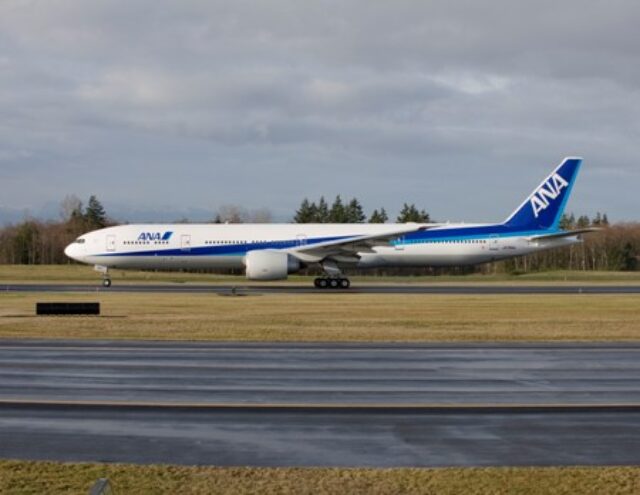Scrapping carbon composite aircraft: an unsustainable solution
With the prospect of scrapping a Boeing 787 Dreamliner at the UK’s Cotswold airport looming large, Mark Gregory – CEO of Air Salvage International – explains the unique (and largely…

With the prospect of scrapping a Boeing 787 Dreamliner at the UK’s Cotswold airport looming large, Mark Gregory – CEO of Air Salvage International – explains the unique (and largely unaddressed) challenges of processing end-of-life carbon composite fuselages, with “no major progress being made” towards sustainable solutions.
With 788 Dreamliner units delivered as of April 2024, the industry may be “wandering into a bigger problem” as these airframes leave service and need disposal, with current options a toss-up between incineration or landfill.
“Carbon composite material is an amazing material, but it’s so difficult to recycle” explained Gregory, whose Gloucestershire-based disassembly and recovery services provider is the current custodian of an unusual airframe. At seven years old but having only flown around 20 hours, the 787 Dreamliner was purchased new from Boeing before being destined for a biz-jet conversion that fell through.
If the aircraft cannot be sold as a “going concern” – with its lack of interior, carpet or seat locations hindering a potential purchase – Air Salvage International will work with partners across the industry to explore optimal ways in which the airframe can be torn down, an incentive Gregory describes as a great learning opportunity.
“The Boeing 787 makes greater use of composite materials in its airframe and primary structures than any previous commercial airplane,” notes the American manufacturer on its website, with the resulting airframe “comprising nearly half carbon fibre reinforced plastic and other composites”. Boeing also cites the use of “nearly half carbon fibre reinforced plastic and other composites” as contributing to average weight savings of approximately 20%.
Although these savings undoubtedly contribute to its ‘green’ credentials, as things stand, significant unanswered questions abound as to just what can be done to sustainably address end-of-life carbon-composite structures. Air Salvage International currently works with three carbon fibre recyclers “on a very small scale,” citing their “inherent problems in accepting material” – with most carbon fibre structures ‘contaminated’ by paint or the installation of metal rivets.
Currently, around 15-20% of these metal components are recovered and the rest incinerated, says Gregory, adding that it’s often not cost-effective to even attempt the process. Additionally, due to its fibrous nature, carbon fibre composites cannot be cut up in the way aluminium structures are; requiring indoor premises and appropriately trained personnel to manage the dust created.
“The carbon fibre that we see is usually on the horizontal fins and vertical stabilisers” of A320s and A319s, he continues, adding that his company is definitely starting to see more carbon composite elements on aircraft. On a smaller scale than Air Salvage’s inaugural 787, the company are also in discussions with Vertical Aerospace about the disposal of G-VTII, their eVTOL flight test prototype; the shell of which will likely face incineration or landfill.
“Manufacturers shouldn’t be manufacturing anything that can’t be recycled now – certainly not mass production,” ventures Gregory, pointing out that unless progress can be made – helped in part by international engagement across ventures such as the proposed Dreamliner teardown – the carbon composite problem is only going to get worse.
You may also be interested in
Virgin returns to Israel and announces three new codeshares
Eurofighter and NETMA to develop Phase 4 Typhoon enhancement package
COMAC completes first sustainable aviation fuel-powered flights
















